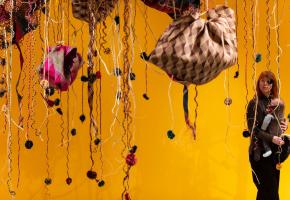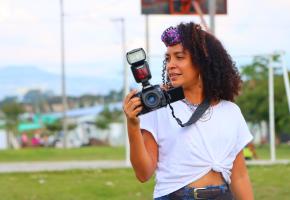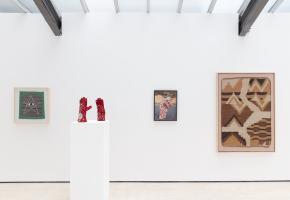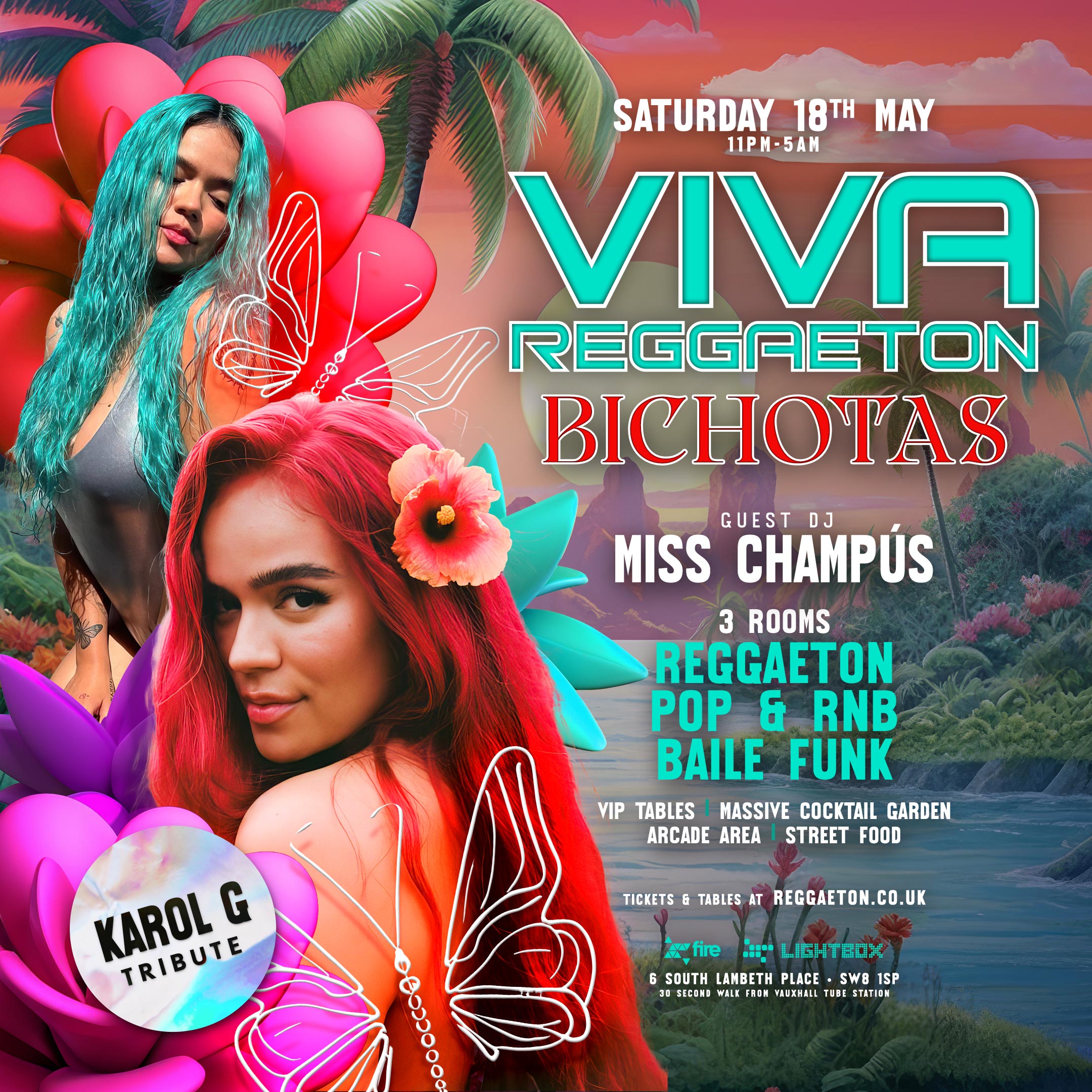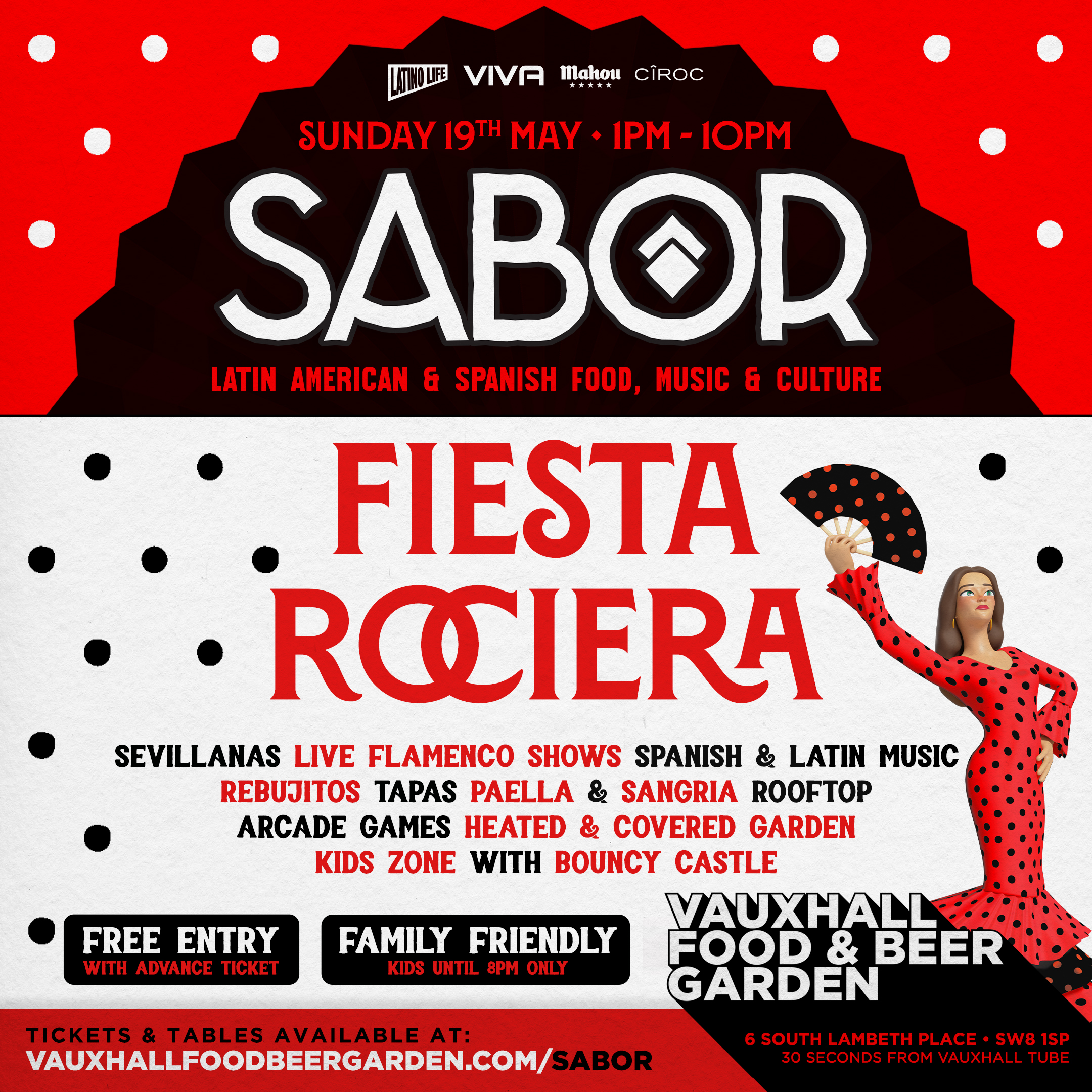
Un-Dazzling the Gold
As The British Museum awaits over 200 hundred spectacular pre-Columbian gold objects from Bogotá’s Museo de Oro to exhibit in its ‘Beyond El Dorado’ exhibition, Colombians in London might be thinking of protesting rather than celebrating. Yet, curator Elisenda Vila Llonche tells Latinolife why this exhibition is just as much a chance to tell the world about the wonders of pre-Hispanic Colombia as it is to expose El Dorado as the European construct it is.
by Charlotte Mackenzie
Image

Gold fascinated and dazzled the Spanish conquistadors upon their arrival in the Americas in the 15th century. As demand from Europe increased, so too grew the legend of a magical golden city: El Dorado. We were taught in school how European explorers were enticed by the golden city, including Sir Walter Raleigh, and how many died on in their journey. There was less mention of the cultures destroyed with the meltdown of gold objects, let alone of the genocide of indigenous peoples.
We were taught that El Dorado was a mythical city of Gold. It fact it refers to a ritual that allegedly took place near modern day Bogotá. During the ritual, a man dived into the middle of the lake and emerged as the new chieftain of the Muisca people.
In exhibiting for the first time objects provided by Bogotá’s Museo de Oro that escaped being melted down, alongside objects from the museum’s vast collections, The British Museum could be accused of perpetuating a European fascination that represents colonial exploitation and destruction. Yet, the curator behind this exhibition, Catalonian Elisenda Vila Llonche, who specializes in pre-Columbian art and archaeology, says the idea is to unveil precisely what the myth of El Dorado covered up; the amazing cultures of Pre-Hispanic Colombia and reveal the magical and spiritual significance of these objects in those cultures.
Before the Spanish arrived, Gold had both spiritual and social significance as well as practical uses; a means for the people to assert their status during life and after death. It did not have monetary or commercial significance. Gold objects related to the cultures’ physical and supernatural transformations, an important part of their everyday lives. The objects in the exhibition will include animals linked to human transformation, containers to hold coca and peyote and tools linked to mummification.
Latinolife: What do you hope people will gain from visiting the exhibition?
EVL: I think especially Europeans will gain an understanding of the richness and diversity of pre-Hispanic cultures. Most people know about the Aztecs and the Incas, the big empires, but when you talk about Colombia they know about El Dorado but they don’t know what it is. The exhibition attempts to explain to them that there were more than 30 cultures in pre-Hispanic Colombia and we are exploring 6 of them in the exhibition. People can look at the richness of styles, the complexity and understand the ancient cultures idea of the world, the divine, and the cosmos through works of art. So we hope that after visiting the public will gain more of an understanding of ancient Colombia.
LL: Why was the legend of ‘El Dorado’ such an important part of Colombian history?
EVL: It was basically part of Colombia’s colonial history, the legend of El Dorado as you mentioned, is fully constructed by Europeans. It’s a myth that grew larger and larger; it started with Oviedo and snowballed with Freyler’s account of the ritual that took place in Guatavita. The way in which it impacted on everything was because of this search for gold by the Europeans. They were fascinated by the amount of gold they saw, and they needed to express it in a way that Europe would understand what they were looking for and what they were fascinated by. The myth of El Dorado is one that grew in the European imagination in a way, it became this myth of abandoned gold and led to many explorers coming into what is now Colombian territory, thus resulting in the change of dynamics, social dynamics, and the conquest of the territory.
LL: What kind of value did the Conquistadores and Europe place on Gold at the time?
EVL: Well it was valued in Europe in a very different way to how it was valued in ancient Colombia. In Europe gold was valued in terms of monetary and economic power whereas in pre-Hispanic Colombia it was valued as a symbolic material and related to the supernatural, connecting with the Gods. The Europeans were interested in the value of the metal itself, for the pre-Hispanic people the metal related to the sun, to the supernatural and to the Gods, but it was the final crafted piece that was really important. It obtained special meaning once you had crafted and worked it. As you know, it was not just pure gold, you had tumbaga an alloy that combined gold, some naturally occurring silver and copper. It is this alloy of materials that made it so special.
LL: So that technique was using alloys rather than pure gold?
EVL: Yes exactly, so all the pieces that you see in the exhibition that were found in pre-Hispanic Colombia didn’t work with pure gold. They worked with allations. These had symbolic meanings too; the gold is the sun, because of its brilliance and its shine. The copper and silver relate to the moon as the material decays and corrodes with time and has more of a reddish-white colour. It’s the female and the male, the sun and the moon, creating that balance of the cosmos. Every time they created one of these objects they created that balance, so tumbaga is easier to work, it’s a harder material and it creates finer details when you craft the piece which is very important because then artists could achieve very finely detailed pieces in gold which in pure gold they were unable to achieve this level of craftsmanship.
LL: Where did they mine the gold? I know there was a lot of silver mining in Bolivia but where did the gold come from?
EVL: It came from the South of Colombia, the Western Cordillera mainly, it was river panned. In most areas it was seasonal, but in a few areas it was a year round investment of work and labour, it was a big network of exchange with the different cultures.
LL: I know you touched on lake Guatavita earlier, and I wanted to ask you about the significance of the chieftain diving into the lake covered in powdered gold?
EVL: That was one of the many rituals that took place in lake Guatavita, the lake itself was one of these subliminal places in the landscape that connects with the supernatural. With regards to this ritual we can see from Spanish accounts, not that of the Muisca, it was the accession of a new ruler to meet with the Gods. He went across the lake on a raft, completely naked and covered in gold powder. When he arrived in the centre of the lake, the music and drumming on the shores of the lake would stop and the man would dive into the water whilst the offerings were poured into the lake. He would then emerge as the new ruler of the Muisca people so it was one of these transitional moments.
LL: The amazing golden raft on display in Bogota, that shows a man during this ritual, is that piece key to understanding this ritual?
EVL: Well that piece was not found in the lake, as you know, it was found in a cave. (In 1969 by workmen) This shows us the chief surrounded by golden objects and his attendants and actually confirms that this ritual occurred. It kind of visualizes, obviously it is a very stylized version, and how the Muisca raft would have navigated into the centre of the lake. It confirms that the ceremony actually happened, that it is not a product of European imagination.
LL: Regarding the creation of the objects in gold, obviously they are honouring nature and the cosmos as you mentioned, was this related to everyday traditions?
EVL: The objects can be divided into 2 main groups: one to display one’s power and identity, such as a chieftain or a ruler and the second relates to the Gods, the supernatural and the divine. There are a group of pieces that fall into the ritual and the divine relationship, relating to the spiritual process that the leaders went through when they had to connect with the supernatural. To do that they took animal forms, dressing in a ‘second skin’ with animal masks or necklaces with clothing if they transformed into the jaguar and so on, with these transformations they obtained some of the animal qualities. From the jaguar these were strength and night vision whereas for a bird it was to fly and see the world in another perspective. These objects helped during the magical transformation of the human spirit into an animal spirit…. I never really speak to anyone about it in the press! But that’s really what this exhibition is about, everyone pays attention to El Dorado whereas it is the significance of these objects., the magical aspect. Transformation would be the word.
LL: Why do you think that people have been so unsuccessful at draining the lake? Do you think it is due to funding or purely due to geographical factors? (During the early 20th century a British expedition was unsuccessful at draining Lake Guatavita and finding more gold, despite investing more than $100.000 in the venture)
EVL: There were several attempts, there was one at the beginning of the 20th century by a British company where they actually tried to dig a tunnel underneath the lake . They did manage to drain the lake, but when they attempted to walk out into the lake it was too muddy to excavate. By the next day, the base of the lake was as hard as a stone. So they went back to Bogotá to hire some drilling equipment and by the time they had returned the lake had completely filled up again. Of course there have been some pieces that have been recovered from the shores and during several attempts. The exhibition will display several ceramics and stone beads that were excavated at the beginning of the 20th century by that British company – they were auctioned off in London to gain more funds and some pieces were bought by British museum. They will feature at the beginning of the exhibition to explain in depth the European’s fascination with the lake.
LL: Would it be worth trying to excavate the lake now?
EVL: Well the lake is now part of national and cultural heritage (Patrimonio cultural) and it is protected, so to my knowledge there are no excavations in Guatavita. It is still a sacred place for the living descendants of the Muisca people; the Colombian government is still heavily involved in protecting the sacred and historic space.
LL: How did you choose which items were going to be part of the exhibition?
EVL: It was a joint decision between us at the British museum and the team at the Museo del Oro, so we chose our pieces and constructed the narrative – we have some exceptional pieces here in London. The bulk of the objects are on loan from Bogotá. There are about 200 objects that come from the Museo del Oro and a 100 objects from here in London, it’s a big exhibition.
LL: How do you transport such valuable items over? (In the 1950s the only similar model to that of the Muisca raft was destroyed in a fire on board ship whilst it was travelling to an exhibition in Germany. The actual raft on display in Bogota is forbidden to ever leave the country)
EVL: We are very lucky with our sponsor Julius Baer and our partner American Airlines who will be in charge of the transport of the pieces. Obviously some pieces will be hand carried by courier… obviously the details are confidential!
http://www.britishmuseum.org/whats_on/exhibitions/beyond_el_dorado.aspx

